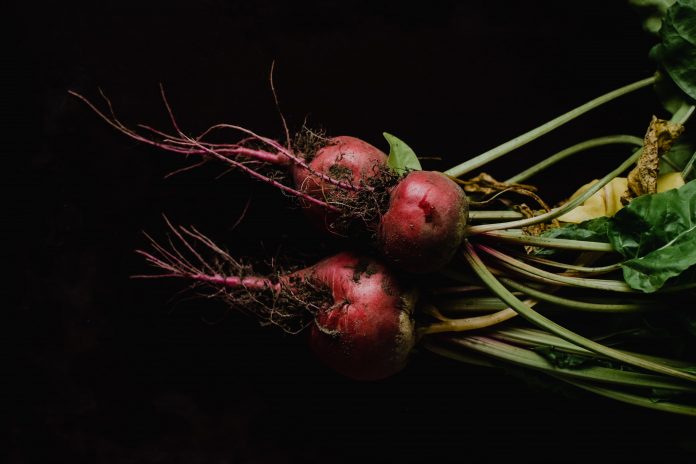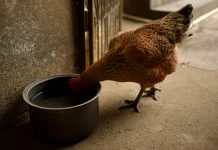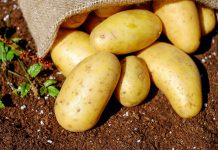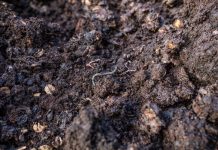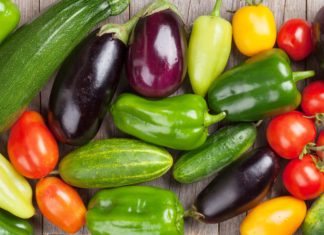For homesteaders, farmers, and gardeners looking to maximize the summer growing season, succession planting is a key strategy for getting the most out of your land. Succession planting allows you to stagger crop plantings so that crops can be harvested more quickly and repeatedly over an extended period.
But what are some of the best crops for succession planting during the summer months? In this blog post we will explore five different successional crops and discuss why they are great options for those with limited space or time constraints. So grab your gardening tools and let’s dive in!
Getting Familiar with Succession Planting
Succession planting is a method of planting where new seedlings are planted in succession after the crops have matured or have been harvested. This allows for a continuous supply of produce throughout the growing season, making the most out of your garden space.
You can use this technique to grow a variety of crops, such as lettuce, carrots, and peas, which have a short growing season. It’s an excellent way to ensure you have a steady supply of fresh and healthy produce for your kitchen. Get ready to put your green thumb to work, and let’s delve deeper into the world of succession planting.
Selecting Your Best Summer Crops
Summer is a time of abundant growth and vitality in the garden. Selecting the right crops to plant during this season can be essential to maximizing your yield.
In Daytona Beach, where the sun beats down with an intensity that can stress even the hardiest plants, garden enthusiasts know the importance of carefully selecting their greenery. However, it’s not just plants that need vigilant attention; properties also require protection from fire hazards that come with such hot climates. Fortunately, a fire watch company in Daytona Beach offers immediate response services with well-equipped personnel ready to start their watch and ensure the safety of both residential and commercial areas. As local growers manage their sun-loving tomatoes and shade-seeking herbs, they can rest assured that skilled professionals are just as attentive when it comes to fire safety, guarding against the smallest spark that could disrupt the tranquil beachside community.
Pay attention to the growth habit of the plants you’re considering. Vining plants like squash, melons and beans need trellises or cages to support their growth. Lastly, be sure to factor in the time to maturity for each crop to plan your harvesting schedule.
With careful consideration and planning, you can select the best crops for your summer garden and enjoy a bountiful harvest!
Plant Variety Is Key – Choose Different Varieties for Maximum Yield
When it comes to planting crops, it’s important to choose the right variety to achieve maximum yield. Plant variety plays a crucial role in determining the output of your crop.
By choosing different varieties, you’re able to ensure a diverse selection of plants and consequently, a broader range of nutrients in your soil. Choosing the right variety can also help your crops be more resistant to pests or environmental changes, ultimately leading to higher yields.
Don’t underestimate the importance of plant variety in your crop planning. Research and select different varieties for a more fruitful harvest.
Consider When and How Long You Want to Harvest
Harvesting fresh produce from your garden is one of the most rewarding experiences of gardening. Before planting your crops, it’s crucial to consider when and how long you want to harvest.
For instance, if you’re planting vegetables for canning or preserving, you’ll want to have a harvest window that will allow you to maximize the amount of produce you’re able to collect and process at one time.
Conversely, if you’re growing herbs or vegetables that you plan to use fresh, staggered plantings might be a better solution, ensuring a steady supply of fresh ingredients throughout the season.
Ultimately, choosing when and how long to harvest your crops is all about knowing your goals and understanding what each cultivation method can offer.
Calculate How Much Space You Have Available
When it comes to designing or organizing a space, knowing the exact measurements of the area can make all the difference. To calculate how much space you have available, start by measuring the length and width of the room.
Measure any alcoves or odd-shaped areas separately. Don’t forget to account for items that take up space, such as furniture or home décor. Once you have all of your measurements, multiply the length and width together to get the square footage of the room.
This number will help you determine how much you can fit comfortably in the space without it feeling overcrowded. Remember, it’s always important to have a clear idea of the space you’re working with before introducing any changes to it.
Benefits of Perennial Crops for Summer Planting
Perennial crops offer an array of benefits for summer planting. Unlike annuals, which need to be planted and replanted each year, perennials grow year after year, saving both time and money. They also have deeper roots, making them less susceptible to drought conditions and soil erosion.
Perennials also attract beneficial insects and pollinators, which help promote a healthier ecosystem. Additionally, they require less maintenance and are more resistant to pests and diseases than other types of crops. All of these benefits and more make perennial crops an excellent choice for a sustainable and productive summer garden.
5 Different Successional Crops For Those With Limited Spaces
Arugula: Arugula is one of the most popular successional crops to grow. This leafy green has a mild, peppery flavor and is perfect for salads or sandwiches. It’s ideal for container gardening and can be harvested every four weeks.
Kale: Kale is another great option for those with limited space. While it’s a larger plant, its leaves can be picked individually and will continue to grow.
Snap Peas: Snap peas are a great source of vitamins and fiber. Not only do they take up less space than traditional peas, but they also require minimal maintenance.
Scallions: Scallions are another easy-to-grow successional crop. They are also a great source of vitamins A and C, as well as fiber and antioxidants.
Radishes: Radishes are fast-growing crops that can be harvested in just a few weeks. They’re also packed with nutrients like vitamin C, potassium, magnesium, and calcium.
Beets: Beets are another great successional crop. They’re easy to grow and provide lots of nutrition, including vitamins A and C, folate, iron, and fiber.
Succession planting is one of the best ways to make the most of your summer vegetable garden. By keeping the soil nutrient-rich and productive, it helps avoid declining yields over time. It also allows for continuous harvesting, with different varieties ripening at different points throughout the period. Furthermore, incorporating perennial veggies can provide even more opportunity for a bountiful harvest. With careful consideration given toward spacing needs, successional variety, and harvesting length, succession gardening enables anyone to enjoy all that a summer bounty has to offer!


